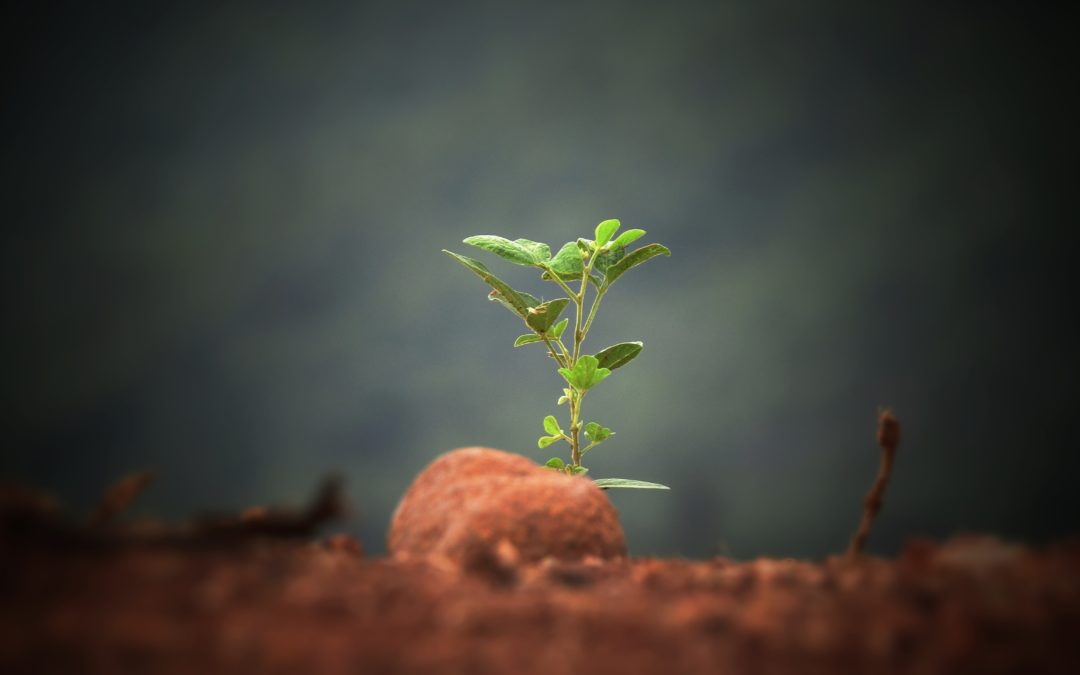Photo by Sushobhan Badhai on Unsplash
Abraham planted a tamarisk tree at Beersheba, and there he called on the name of the Lord, the Everlasting God. Gen 21:33 NASB
Happy New Year! I feel I will still be making that greeting well into the year ?. After all, it all depends on whether it’s the first time we are engaging with each other this year. I hope you have had a stable start to 2022 and are on your way to flourishing.
I was reflecting on posts that didn’t quite make it to my page last year and I remembered Genesis 21:33. Then I sensed I had been disobedient in procrastinating on its publication. I hope you can’t relate to delayed obedience, which is in fact, disobedience! So here goes…
I came across this verse as part of a You Version devotional plan I did on the Names of God. Wait a minute! Abraham planted a tamarisk tree. What is a tamarisk tree? I wondered. I had never heard of such a tree in the Bible! I have read about Olive Trees, Palm trees, Sycamore trees, Cedar trees, Fig trees, Cypress trees and so on, but not a Tamarisk tree, let alone recalled that Abraham planted one.
I couldn’t get past it to the other verses in the day’s reading plan. Excited and intrigued. I googled, trying to find information on this Tree. What I found about this tree was amazing, but I knew that the Holy Spirit didn’t just light up that verse, especially as I came across 2 other places that the tree had been mentioned. Bible passages I would have read in the past, without the tree registering. (1 Sam 22:6, 31:13).
Beersheba is the only place that the Bible recorded Abraham planting trees. He planted it to memorialize the covenant he made with God. The tree was also where Saul held court and Saul’s remains were buried under a tamarisk tree. The tamarisk is a commonly occurring tree in the Middle East. It is used for windbreaks, as an ornamental shrub and shade tree in the desert.The flowers are small and are either pink, reddish or white.
There are several species of the tamarisk. The most commonly planted species and one which grows into a good sized tree is Tamarix aphylla. It is evergreen tree and can reach a height of 50 feet.
It is also a phreatophyte (or a plant that mines the water table). Studies have shown that a mature tamarisk can uptake nearly 200 gallons of water a day. During the heat of the day the tamarisk secretes salt and the salt dries. During the night the salt absorbs water from the air. Its evergreen leaves collect water vapor from the moisture in the air during the night, and when the sun radiates its heat, the droplets evaporate creating a sort of natural air-conditioning. This cooling effect is another reason for its popularity as a shade tree. The shade under a Tamarisk tree is found to be 15% cooler than other trees.
The salt that constantly drops to the ground prevents other plants from germinating and competing for limited water. How does the Tamarisk get its water? Firstly, it sends a deep root down to get to the groundwater. Secondly, in the desert there can be rare and unpredictable outbursts of rain. To access this water the tamarisk also has roots spread laterally, far and wide. Further exploration about the tree reveals that insects transform the juice of the tree into a white-like substance that is sweet to eat. Some have called this substance manna.
An extremely slow-growing tree and needs to be cared for in order to do well. Some tamarisk trees can take up to 400 years to reach full height.
To a Bedouin or a Jew, you don’t plant a tamarisk for yourself, you plant it for the generations to come. Abraham was saying by planting that tree that “this shade is for the generations to come, even if I’ll never get to use it.”
Abraham planted that tree, knowing fully well that it would be generations of his that would enjoy the full extent of the tree. Remember Abraham’s descendants? Who would have come walking through the wilderness 400 years later; the freed Hebrew slaves.
What are you planting or building today in your life to benefit others? What prayers are you or I praying today that would still be bearing fruit long, long, after we are gone?
How much of what we do in life is done for ourselves? This year, let us not lose sight of the need to plant and build for generational blessings.
Finally, I think it’s not an accident that a play on the word Tamarisk could be said as “take – a -risk.” As often, the things you do in response to what God lays on your heart is a risk but, a risk worth taking and waiting to bless generations after you.
May the Lord empower us to plant ( and build) aright.
Thank you for reading
Emi x


Love this, thank you so much!
Thank you for your comments Christina, I appreciate it!